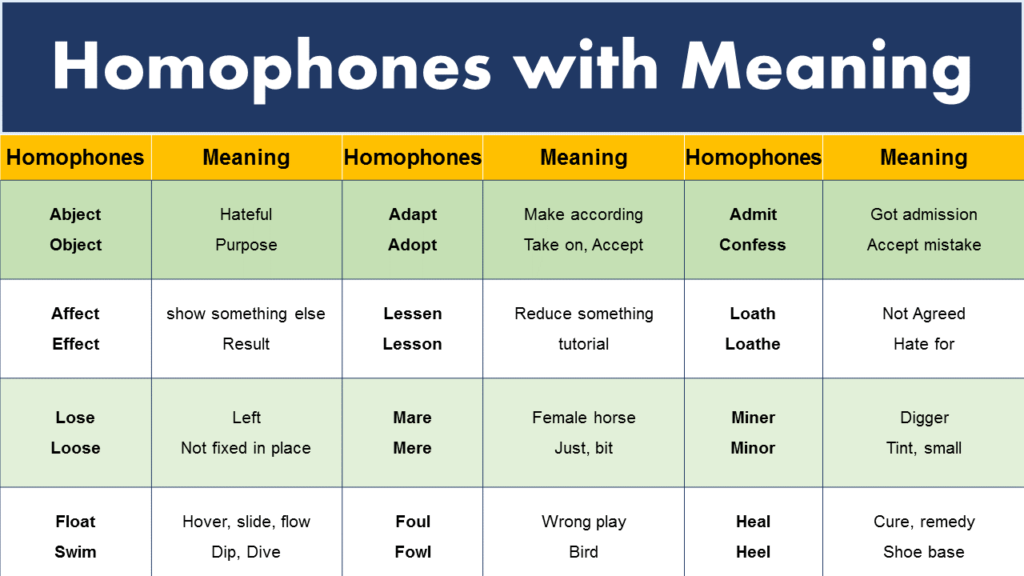English can sometimes be confusing, especially with words that sound the same but have different meanings or uses. One common area of confusion is between “Lot’s” and “Lots”. Let’s break them down in the easiest way possible.
“Lot’s” – The Possessive Form
First, let’s talk about “Lot’s”. The word “Lot’s” is a possessive form. This means it is used to show that something belongs to or is connected to someone or something. This ‘someone’ or ‘something’ is often called “Lot”.
Examples:
- “The construction lot’s noise is quite disruptive during the day.”
- “Our favorite lot’s surface is uneven, making it difficult to set up our picnic.”
- “This lot’s value has increased significantly over the past few years.”
- “That lot’s always busy on weekends; it’s a popular spot for tourists.”
- “The empty lot’s potential for development is huge, considering its location.”
- “Lot’s corners are marked by these old, tall oak trees.”
- “The parking lot’s capacity is limited, so it fills up quickly during events.”
- “The parking lot’s full, so we’ll have to find somewhere else to park.”
- Lot’s house indicates the house owned by Lot.
- “The lot’s entrance is blocked, so you’ll have to enter from the other side.”
- Lot’s car means the car that belongs to Lot.
“Lots” – The Plural Form
On the other hand, “Lots” is quite different. It is used to talk about a large number or amount of something. It does not show ownership like “Lot’s”. Instead, it’s about quantity.
Examples:
- After the rain, there were lots of puddles on the streets.
- During the summer, we found lots of wildflowers blooming in the valley.
- She had lots of friends at school, making her very popular.
- There are lots of ways to solve this problem, so let’s think creatively.
- He bought lots of gifts for his family while on his trip abroad.
- There were lots of stars visible in the sky last night, creating a beautiful scene.
- We have lots of time to make a decision, so there’s no need to rush.
- There were lots of people at the concert, making it a lively event.
- She has lots of friends.
- He made lots of mistakes in his first attempt, but he learned from each one.
- There are lots of apples in the basket.
Comparing ‘Lot’s’ and ‘Lots’
When comparing “Lot’s” and “Lots,” it’s important to understand both the grammatical and contextual differences between the two.
Grammatical Differences:
-
- “Lot’s”: This is a possessive form, indicating that something belongs to or is associated with “Lot.” It’s formed by adding an apostrophe and an ‘s’ to the noun “Lot.” For example, in the sentence “Lot’s wife turned into a pillar of salt,” it implies that the wife is related to or belongs to Lot.
- “Lots”: This is the plural form of the noun “Lot,” which means it refers to more than one ‘lot’. A ‘lot’ can mean a parcel of land, or it can be used informally to mean a large amount or number of something. For example, “There are lots of apples on the table” implies a large quantity of apples.
Contextual Differences:
-
- “Lot’s”: It’s used in contexts where possession or association needs to be indicated. This form is often seen in literature, historical references (such as the Biblical character Lot), or when discussing something that belongs to someone named Lot.
- “Lots”: This is used when referring to multiple instances of something. It’s often used in everyday speech to indicate a large number or amount, as in “lots of people attended the concert.”
Understanding these differences is crucial for correct usage in writing and speech.
Why the Confusion?
The confusion usually comes from the fact that “Lot’s” and “Lots” sound very similar when spoken. But remember, their meanings and uses are quite different. “Lot’s” is about ownership, and “Lots” is about quantity.
Tips to Remember the Correct Usage:
- No apostrophe: Remember that “lots” does not require an apostrophe when used to indicate a large quantity. Avoid using “lot’s” when referring to plural quantities.
- Context matters: Consider the formality of your communication. “Lots” is generally more acceptable in informal speech and writing but may not be suitable for formal or academic documents.
- Differentiate between “a lot” and “lots”: Be aware of the distinctions in meaning between “a lot” (more emphasis on quantity) and “lots” (indicating a plural quantity). Use them appropriately based on your intended message.
- Practice: To reinforce correct usage, practice using “lots” and “a lot” in sentences. This will help you become more comfortable with their distinctions.
- Proofread: Always proofread your writing to check for errors in the usage of “lots” and “a lot.” Pay attention to apostrophes and context.
Simple Rule of Thumb
Here’s a simple way to remember:
- If you are talking about something belonging to Lot, use “Lot’s”.
- If you are talking about a large number or amount of something, use “Lots”.
Must Try:
Exalt Vs Exult
Shudder Vs Shutter




